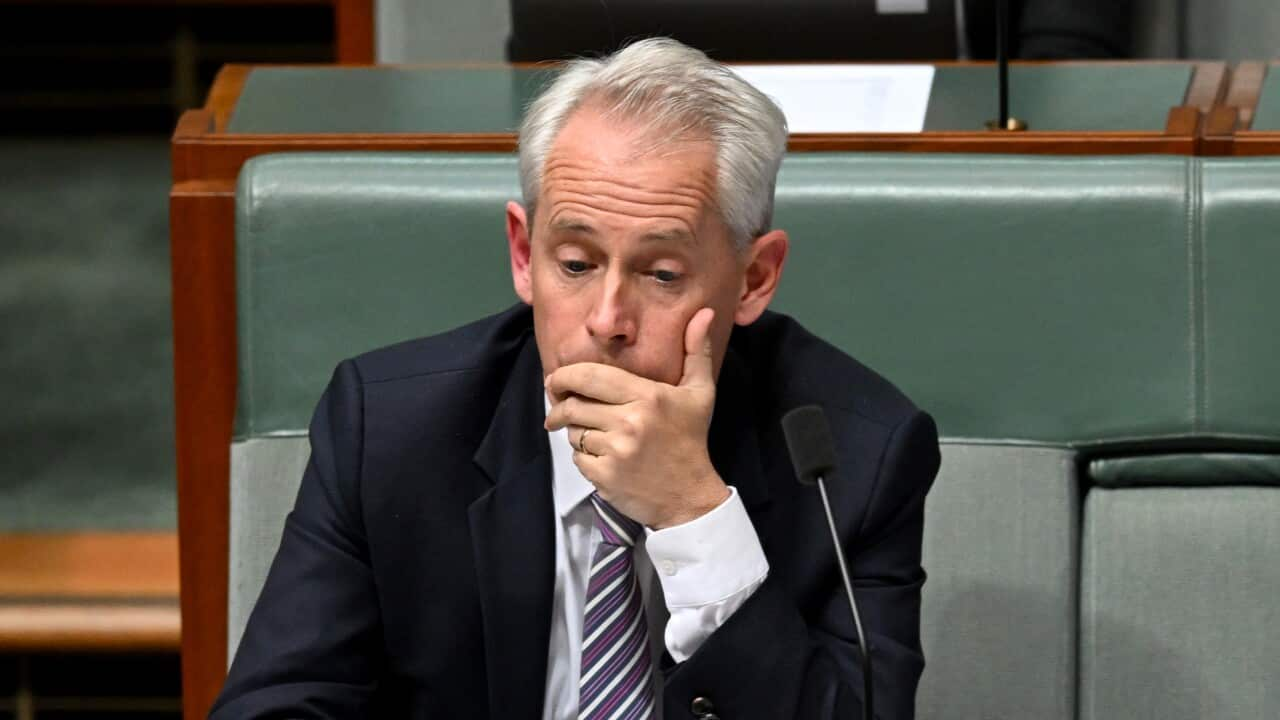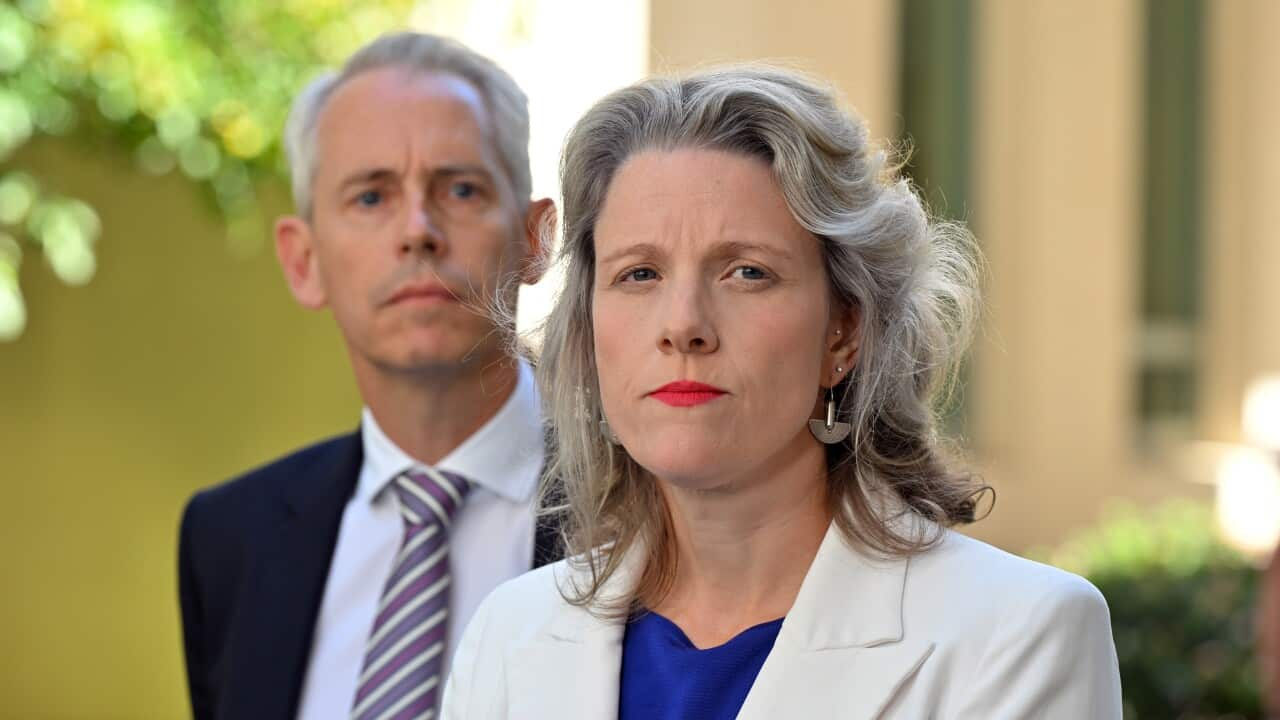Questions have been raised over which agency or law enforcement group is conducting drone surveillance on detainees released in the wake of a landmark High Court decision last year, as the Australian Federal Police (AFP) says it has no knowledge of the use of drones.
In November, the High Court made a snap call on the case of a detained Rohingya man known as NZYQ, ruling that . The ruling led to the government .
Under pressure to explain the decision by his departmental delegate to approve exemptions for a number of convicted criminals from being electronically monitored by ankle bracelets, Immigration Minister Andrew Giles said drones were being used in some cases.
In Senate Estimates Friday AFP deputy commissioner Ian McCartney said Australian Border Force had the lead role of security in looking after the cohort.
He said the AFP had no visibility of drones being operated and he believed there had been no discussions with AFP about drones.
SBS News has been told by a federal source, not authorised to comment publicly, that Border Force is not using drones for the surveillance of the group.
Giles doubles down on drones claims
In an interview with Kieran Gilbert on Sky News on Thursday, Giles said that law enforcement agencies released after the court ruled in favour of NZYQ.
"That's enabled things like using drones to keep track of these people. We know where they are," the minister said.
He was pressed to explain why more monitoring was not in place.
"There is so much being done for this cohort. Spot checks, random house checks, as well as the use of drones as I just touched on."
A spokesperson for the immigration minister has reconfirmed the veracity of the minister's statement on the use of drones.
"The Minister's comments were correct," the brief statement from his office read. It did not name a responsible agency, and despite requests for information, more detail was not provided.
Operation AEGIS was set up in the wake of the High Court decision, including Border Force, Australian Federal Police (AFP), state and territory authorities and law enforcement.
The AFP has also told SBS it is not involved in surveillance activities.
A Border Force statement requested to explain the minister's original comments was provided to SBS on Thursday but did not specifically reference drone technology.
"The Australian Border Force (ABF) does not comment on the specifics of its operational capability or that of its law enforcement partners," the statement said.
"Under Operation AEGIS, ABF and Australian Federal Police are working closely with state and territory authorities and law enforcement to ensure community safety."
"The use of surveillance technology by law enforcement agencies is governed by strict legislative requirements."
The Human Rights Law Centre has told Nine Newspapers the use of drones would be "extraordinarily invasive". The publication also quoted the Australian Strategic Policy Institute saying the use of that technology would be expensive and impractical.
Are drones an effective surveillance tool?
John Coyne, Head of Strategic Policing and Law Enforcement at the Northern Australia Strategic Policy Centre, said drones weren't the right tool for continuous surveillance.
"While the use of drones to monitor released immigration detainees sounds appealing, their use for this kind of application is impractical and resource intensive, nor will it deliver the desired effect of continuous pervasive surveillance," he told SBS News.
"Moreover, it raises a number of privacy concerns for Australians and Australian communities."
The former AFP officer noted that the use of surveillance technologies for law enforcement is highly regulated, with both drones and bracelets offering "no safety guarantees".
"The diversion of already stretched law enforcement capacity to deal with released immigration detainees exposes the community to other risks," Coyne said.











